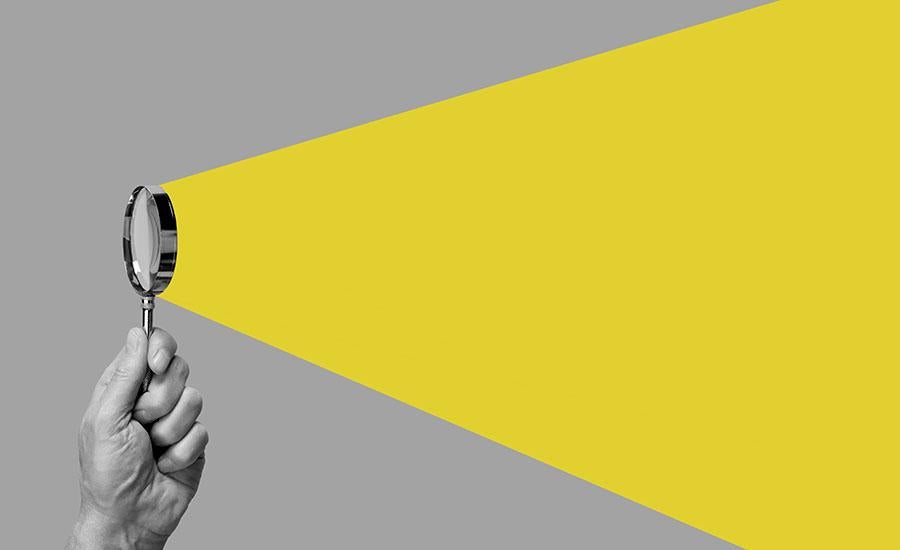
In this Part 1 of 2, students will be building background knowledge on the human eye and camera. Students will be looking at the structure and function of both. Students will be working in small
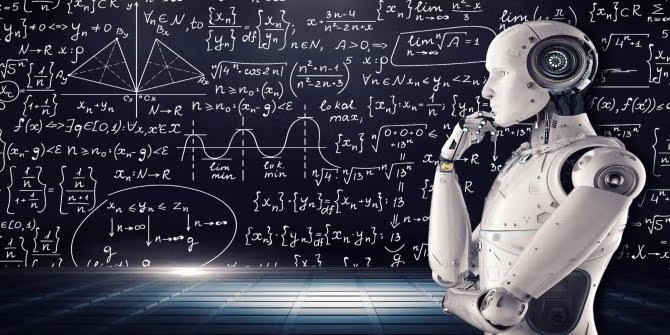
In this hands-on lesson, students will be challenged to complete an obstacle course with a Sphero/RVR/Edison through coding. Students will be given a task list to complete and will be timed. Math

In this hands-on lesson, students will use robotics to create an automated system that simulates the cleanup of a natural disaster. In this case, a nuclear reactor explosion. Students will program

How can we design and engineer sports venues of the future that practice sustainability? According to the Green Sports Alliance, 17% of the world's population follows science but about 80% follow
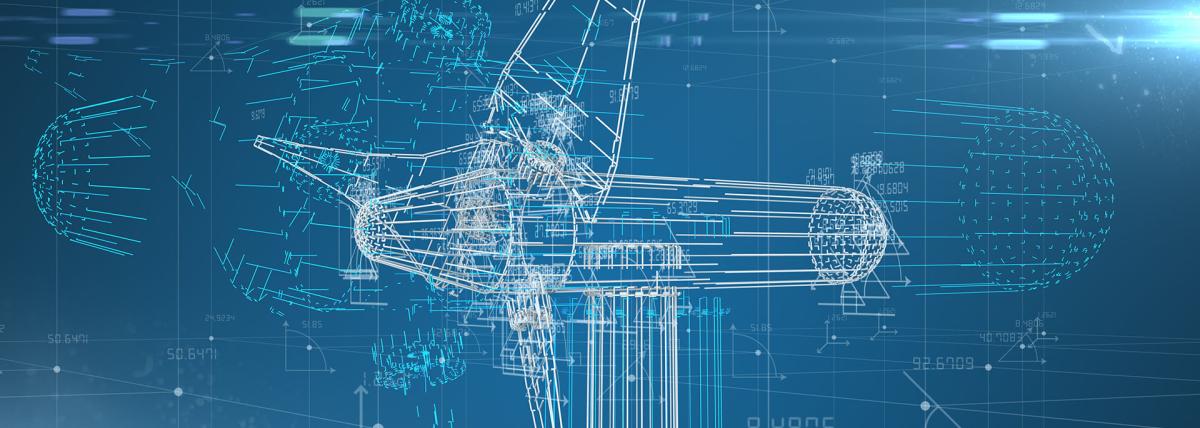
In this lesson, students will learn about the different types of flying machines and differentiate between them and identify the different parts of a drone. They will also learn about their functions.

This 2-Day STEM lesson takes place in a science classroom after students have explored the sun and solar system (including our planet, the moon, and asteroids), and is intended to focus on
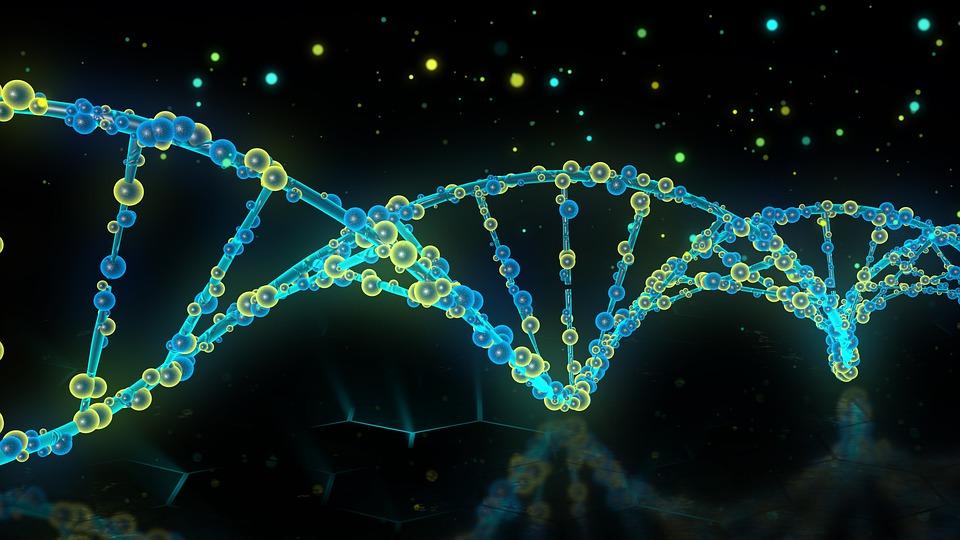
In this engaging lesson, students will learn about genetics and create their own characters in which they will find a mate and create an offspring. They will use traits and Punnett Squares to create

Students take on the roll of working for an ad agency, creating a new experience that tours the human body. Students will pick one body system and create an entertainment venue that has attractions
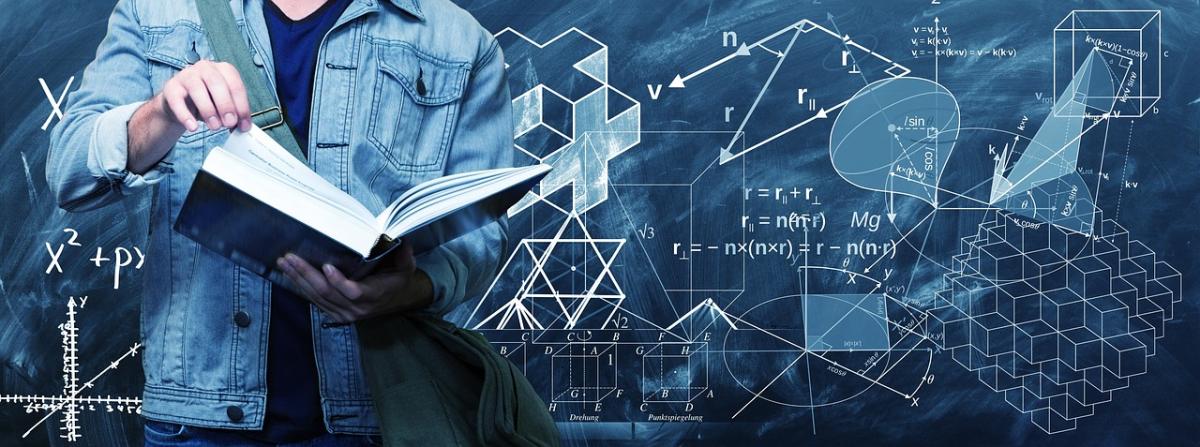
In this lesson plan, students will use Tinkercad to create a representation of a fraction in 3D. After, they will team up with other students to find the sum of the two fractions.

This is an unplugged screen free introduction to coding for Kindergarten and 1st grade students. They use colors and arrows to code a robot through a path maze. In parts 1 & 2 students learned about

This is an unplugged screen free introduction to coding for Kindergarten and 1st grade students. They use colors and arrows to code a robot through a path maze. In part 1 students will learn the
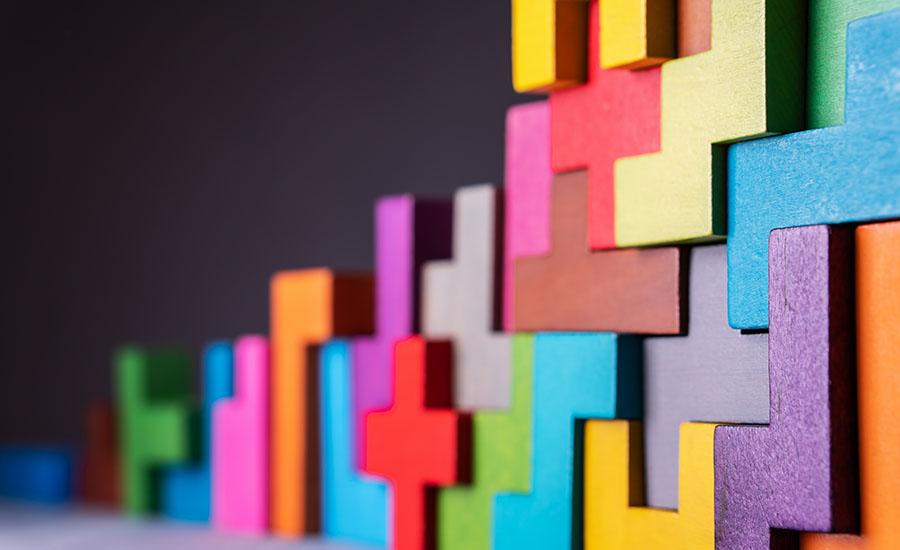
This lesson includes slides sharing an introduction to 3D printing and how it works. Students will then research ways 3D printing is used in the real world.
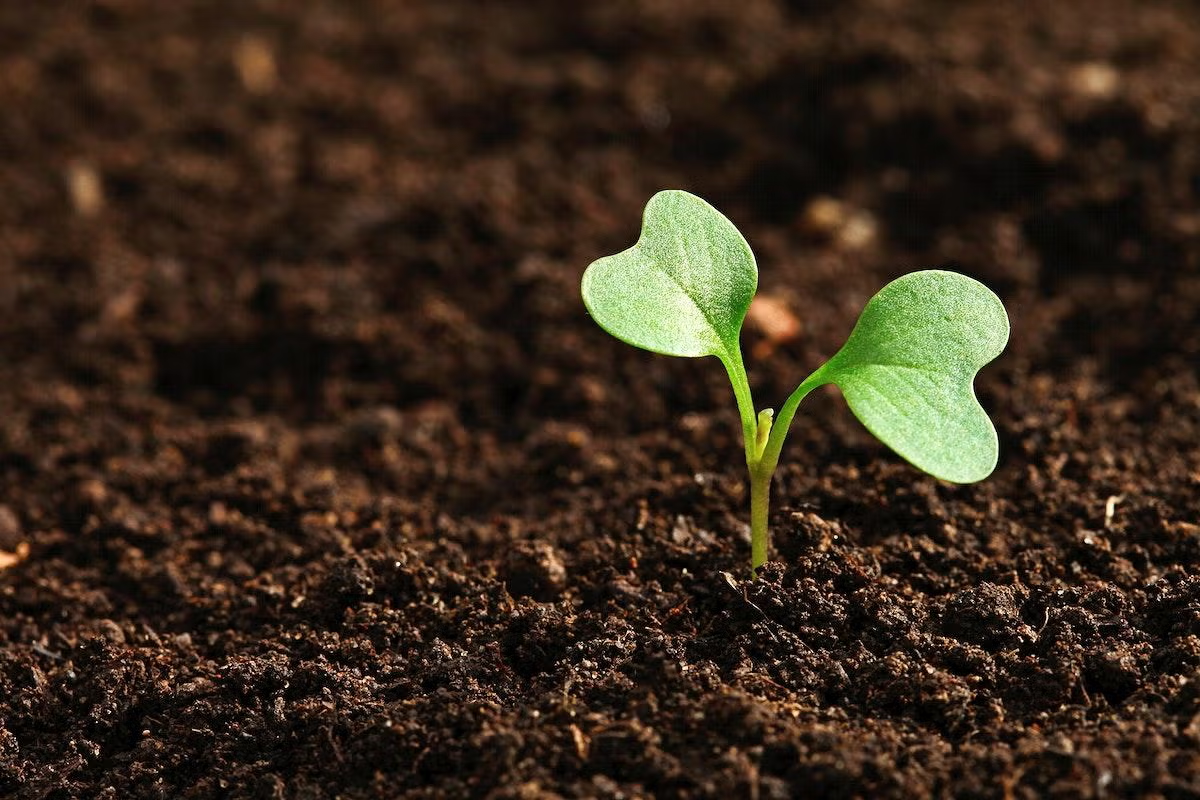
In this five days lesson plan or a class project, I used a picture book, "Seeds of Change: Exploring Wangari Maathai's Tree-Planting Efforts". This lesson plan is great for 6th -8th-grade students. In
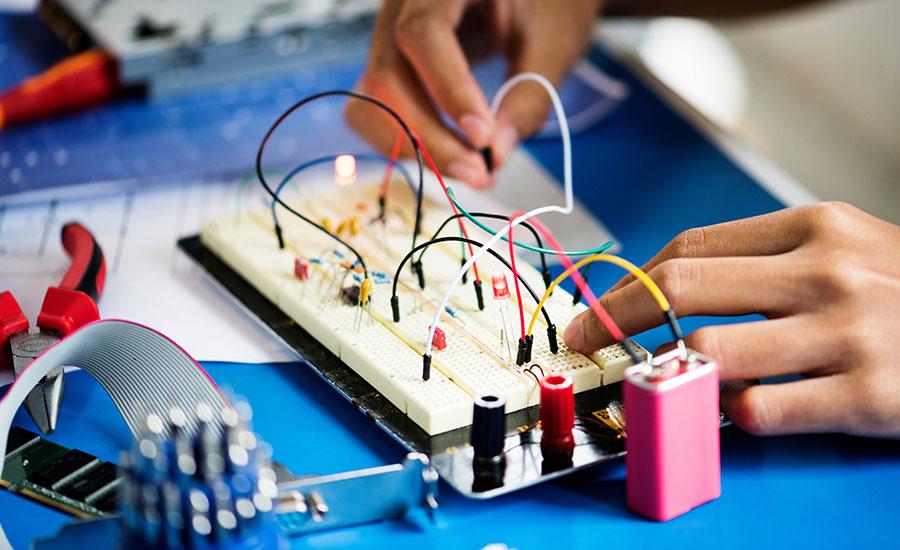
This lesson will explore the idea of circuits as the students wire the components of a together to create a working wobble-bot.

Students will learn about Tony Sarg, the Puppeteer of Macy's Thanksgiving Day Parade and will learn the history of the parade. Students will then design and create their own balloon character for a

In this lesson, students will code Edison robots to travel through the rock cycle. Students will describe characteristics of the metamorphic, sedimentary, and igneous rocks to create legos models

Ozobot Karaoke
In this lesson, students will combine the fields of coding and robotics with music to program an Ozobot to "sing" a familiar song. Students will learn about music concepts such as notes and octaves

Students will brainstorm, and make predictions of why an airplane can fly. The teacher will present the knowledge of aerodynamics to the students using video , and giving them opportunity to process

This lesson plan explores the science of natural disasters such as hurricanes, tornadoes, earthquakes, and volcanoes, and hurricanes. It is a lesson that would help enhance student's vocabulary and

This lesson is part of a 4-Day mini-unit developed for 7th and 8th grade about Ethics and Artificial Intelligence. This multi-activity lesson can be used as a stand-alone lesson to help students

This lesson is part of a 4-Day mini-unit developed for 7th and 8th grade about Ethics and Artificial Intelligence. This multi-activity lesson can be used as a stand-alone lesson to help students

This lesson is part of a 4-Day mini-unit developed for 7th and 8th grade about Ethics and Artificial Intelligence. This lesson can be used as a stand-alone lesson to support understanding Artificial

Using the Engineering Design Process, students work in teams to create a covered wagon that the Bee-Bot pulls as they program on a mat from Missouri to Oregon. Students are learning about the Western

Context: This lesson takes place in a classroom for two or more class periods Students may work in small groups of 2-4. An emphasis on the experiment of making an indestructible Edison robot Creative


